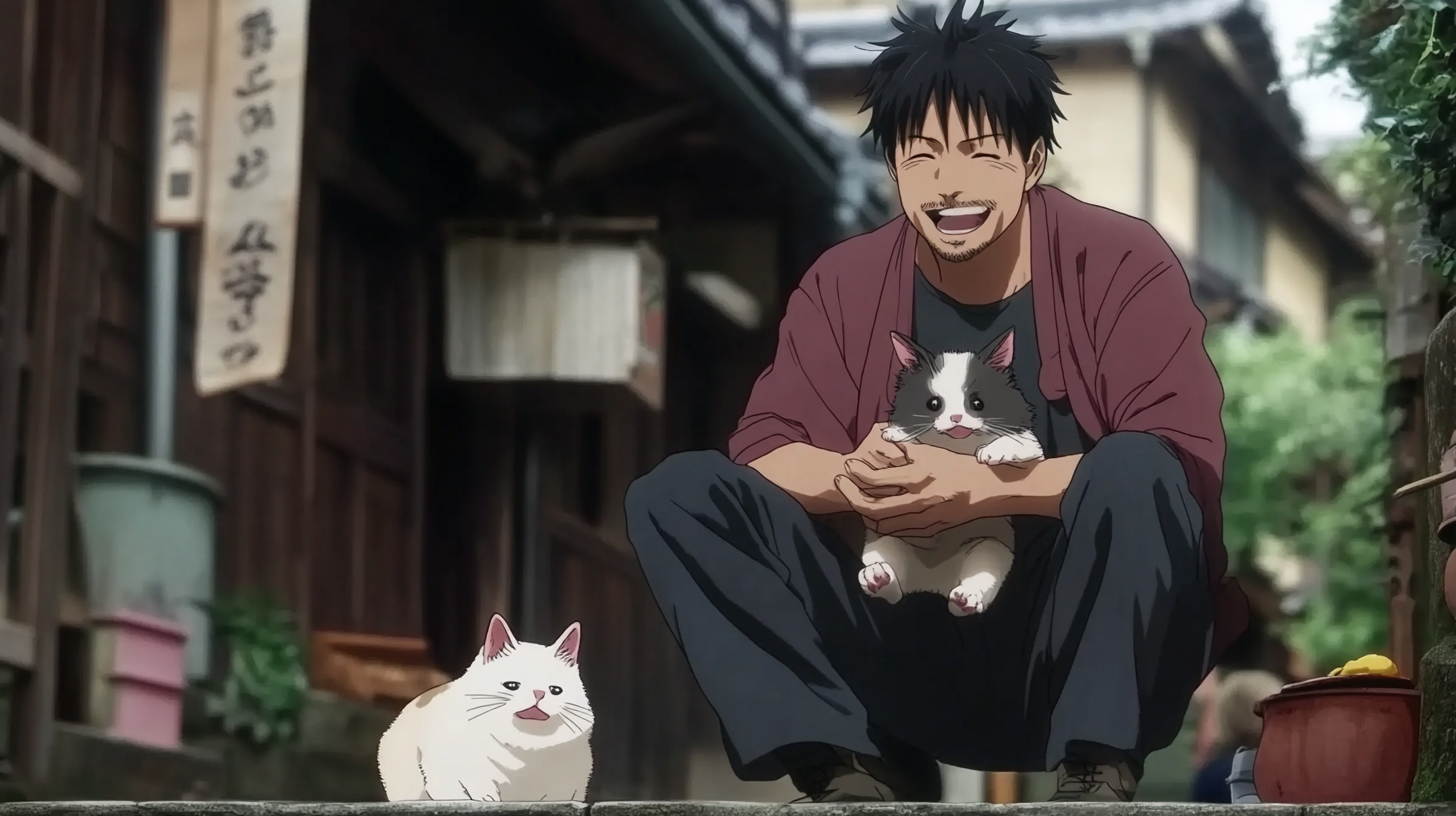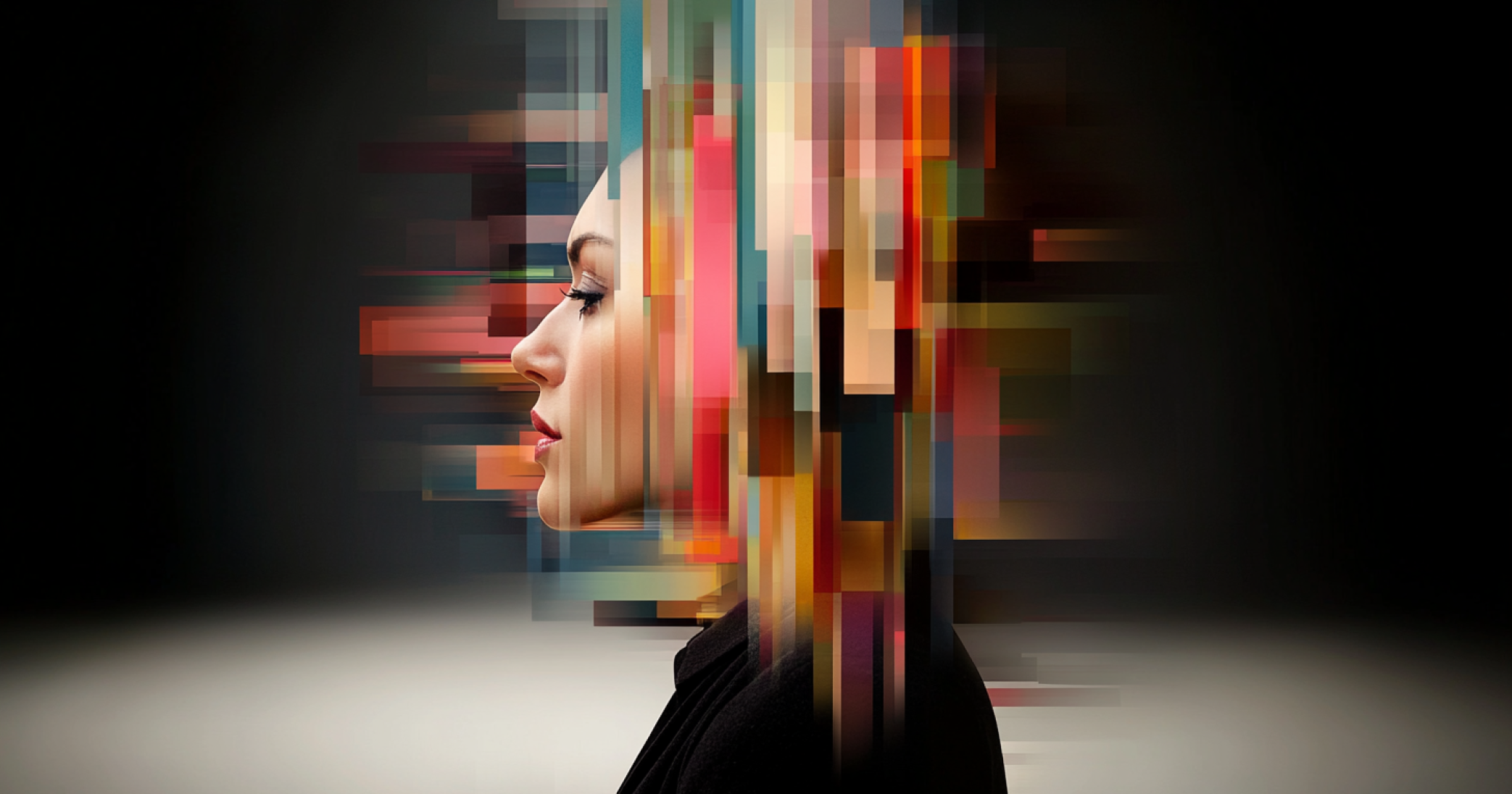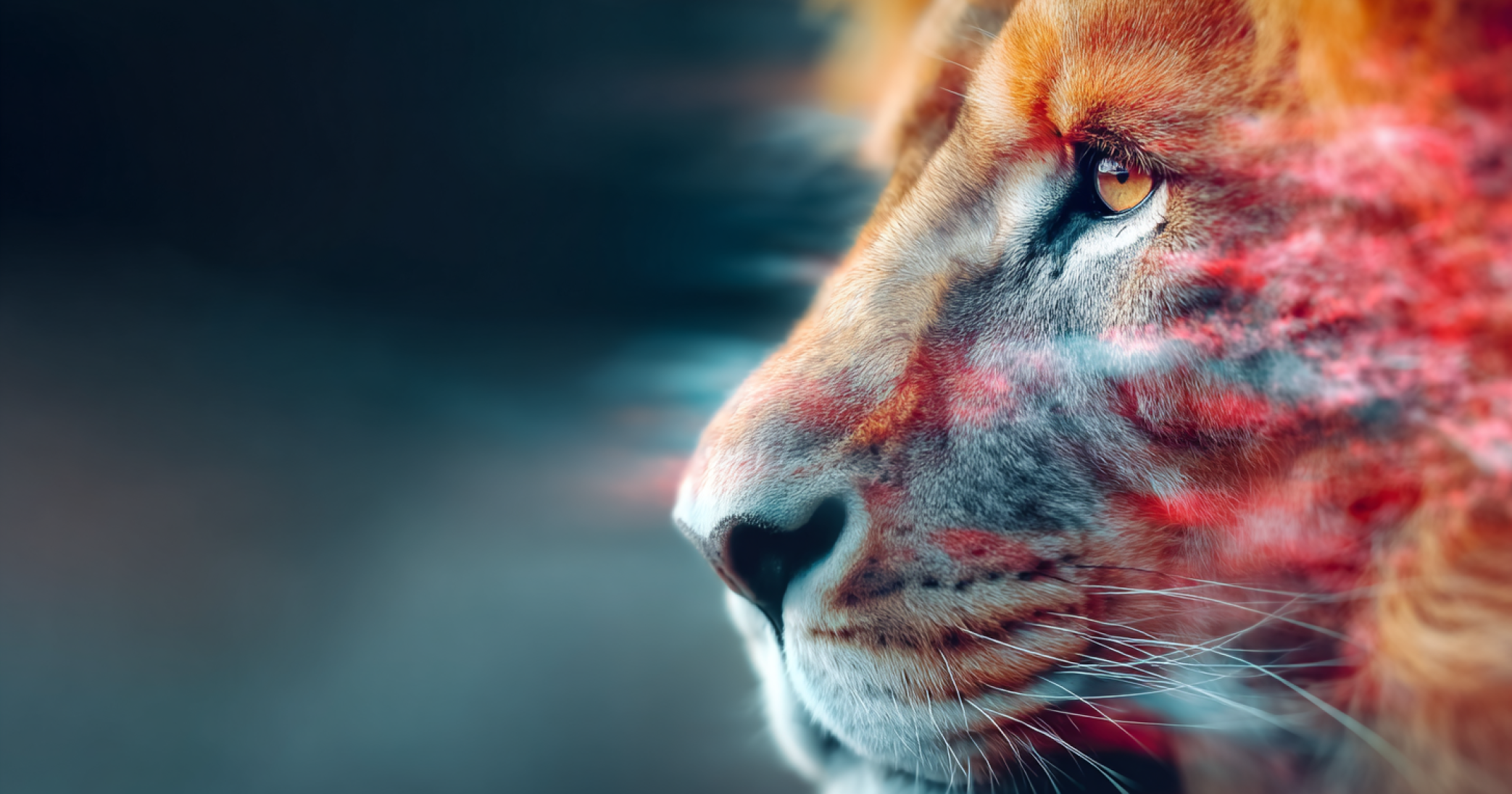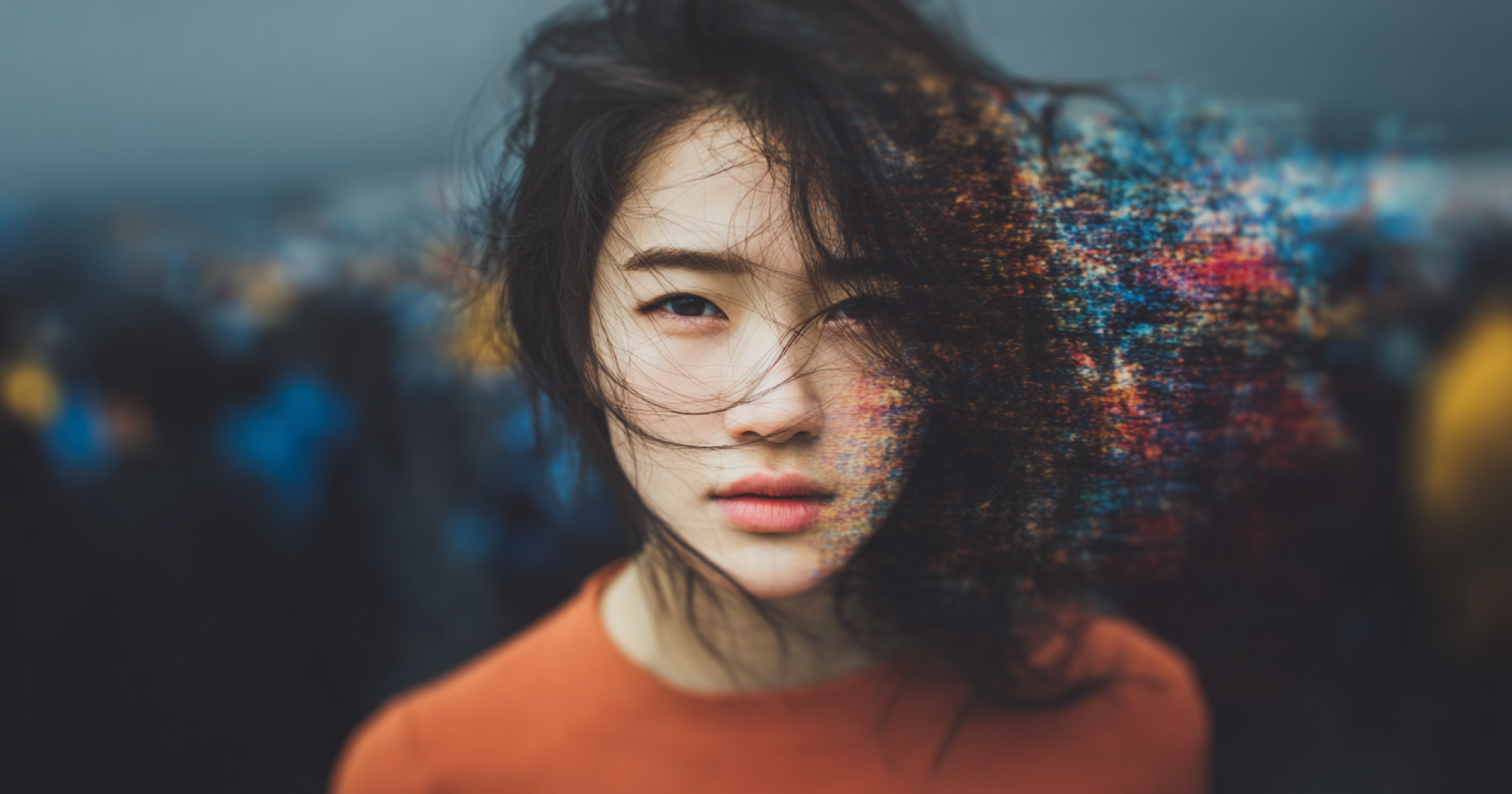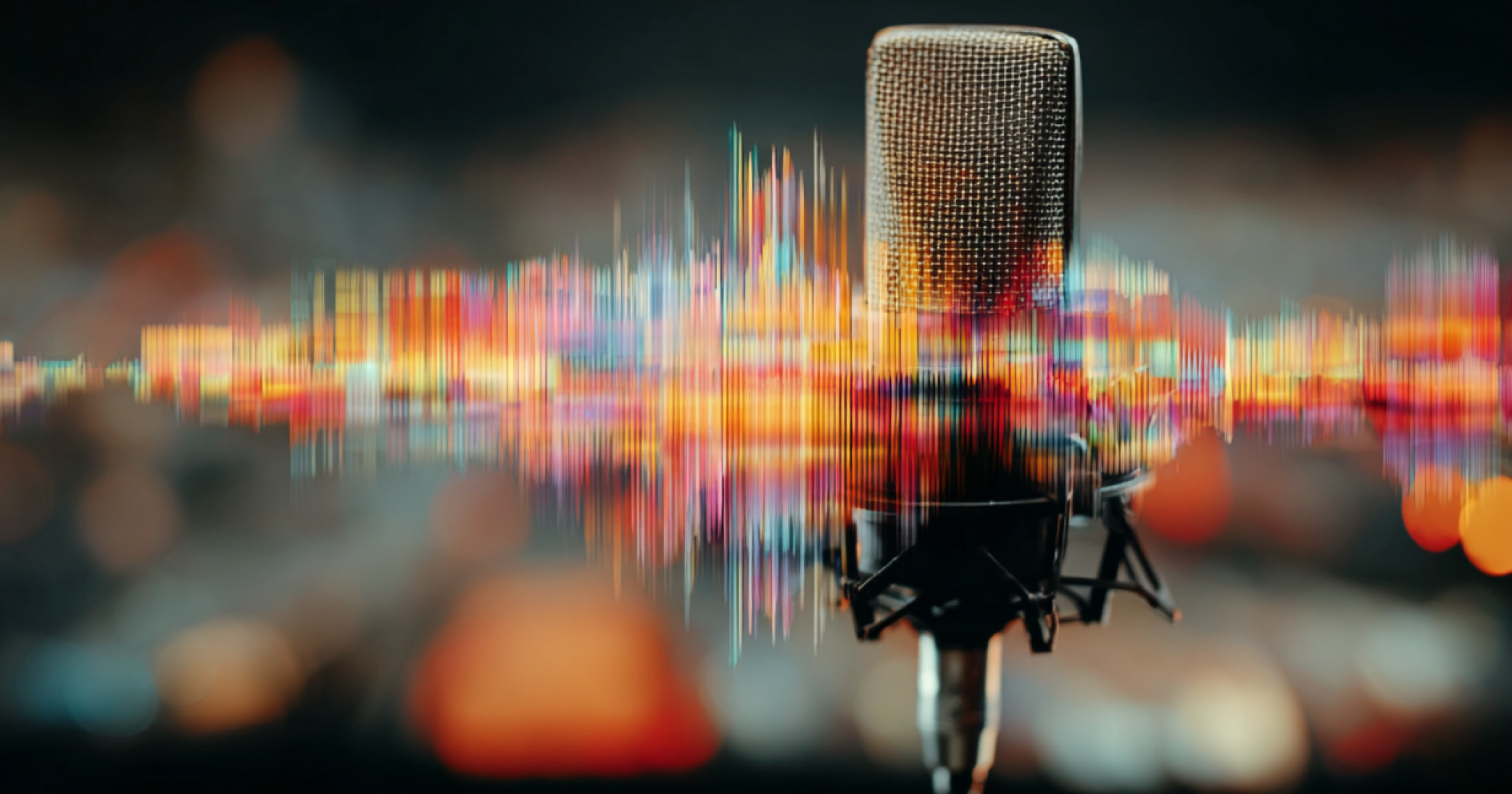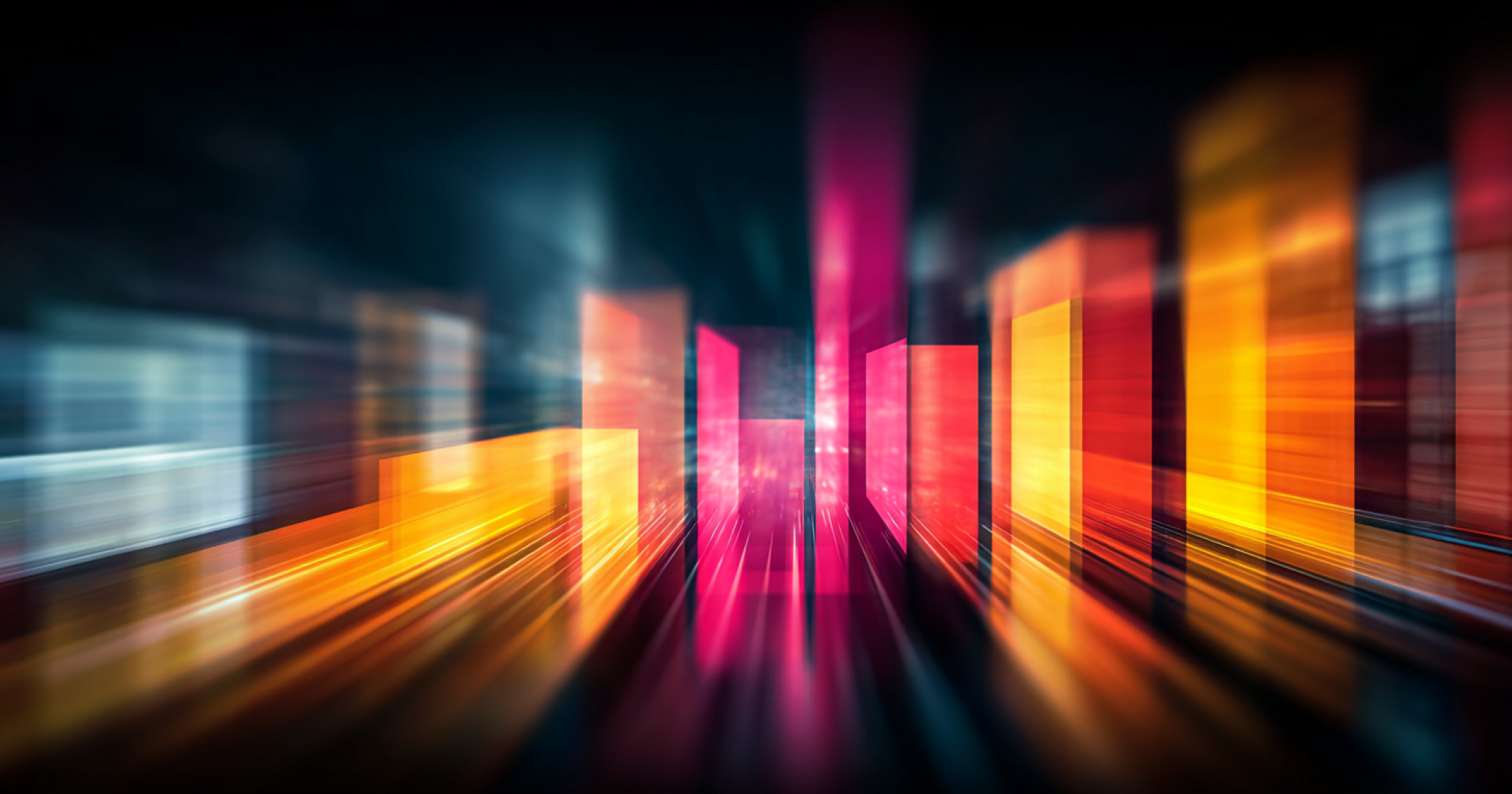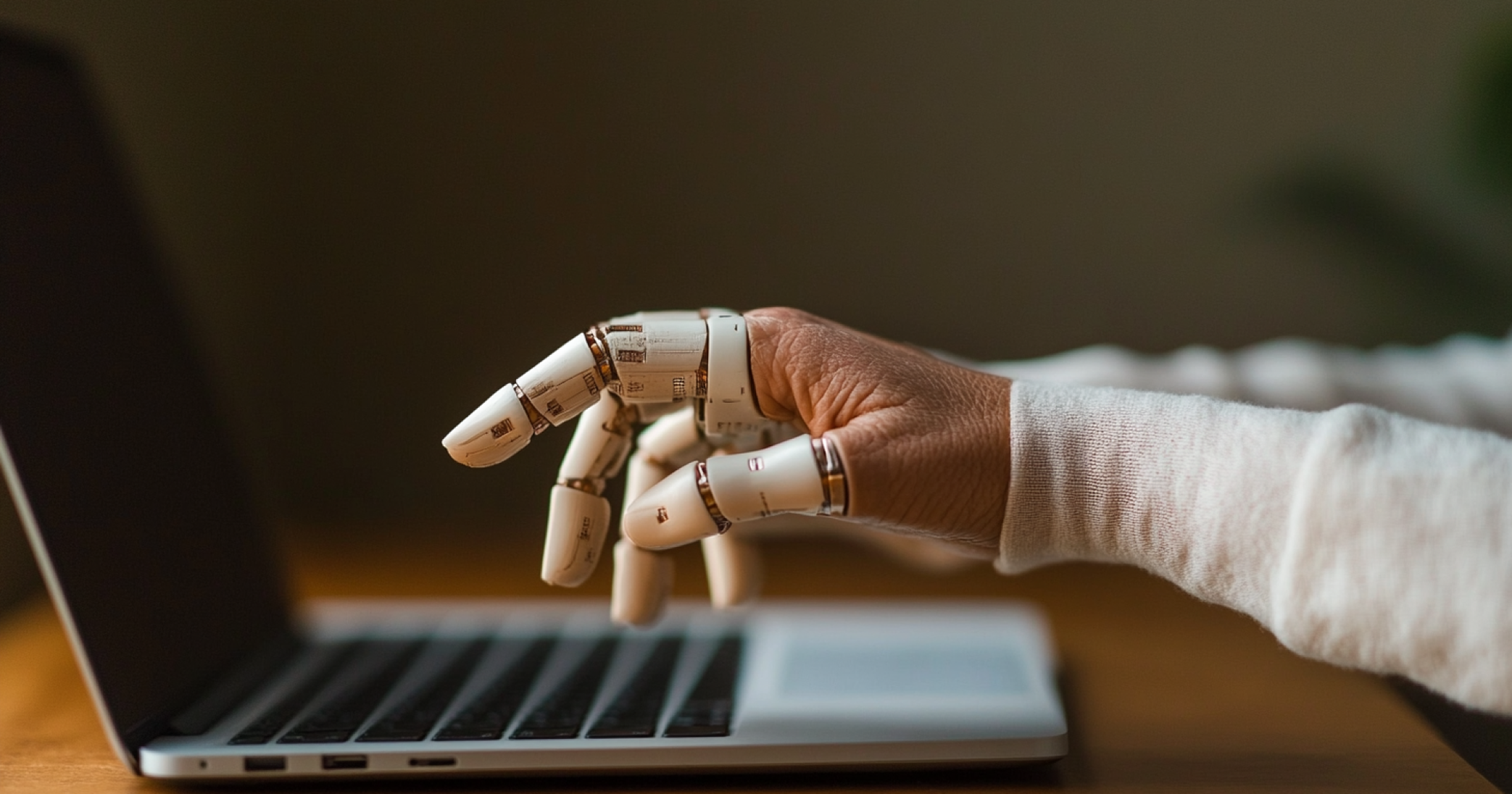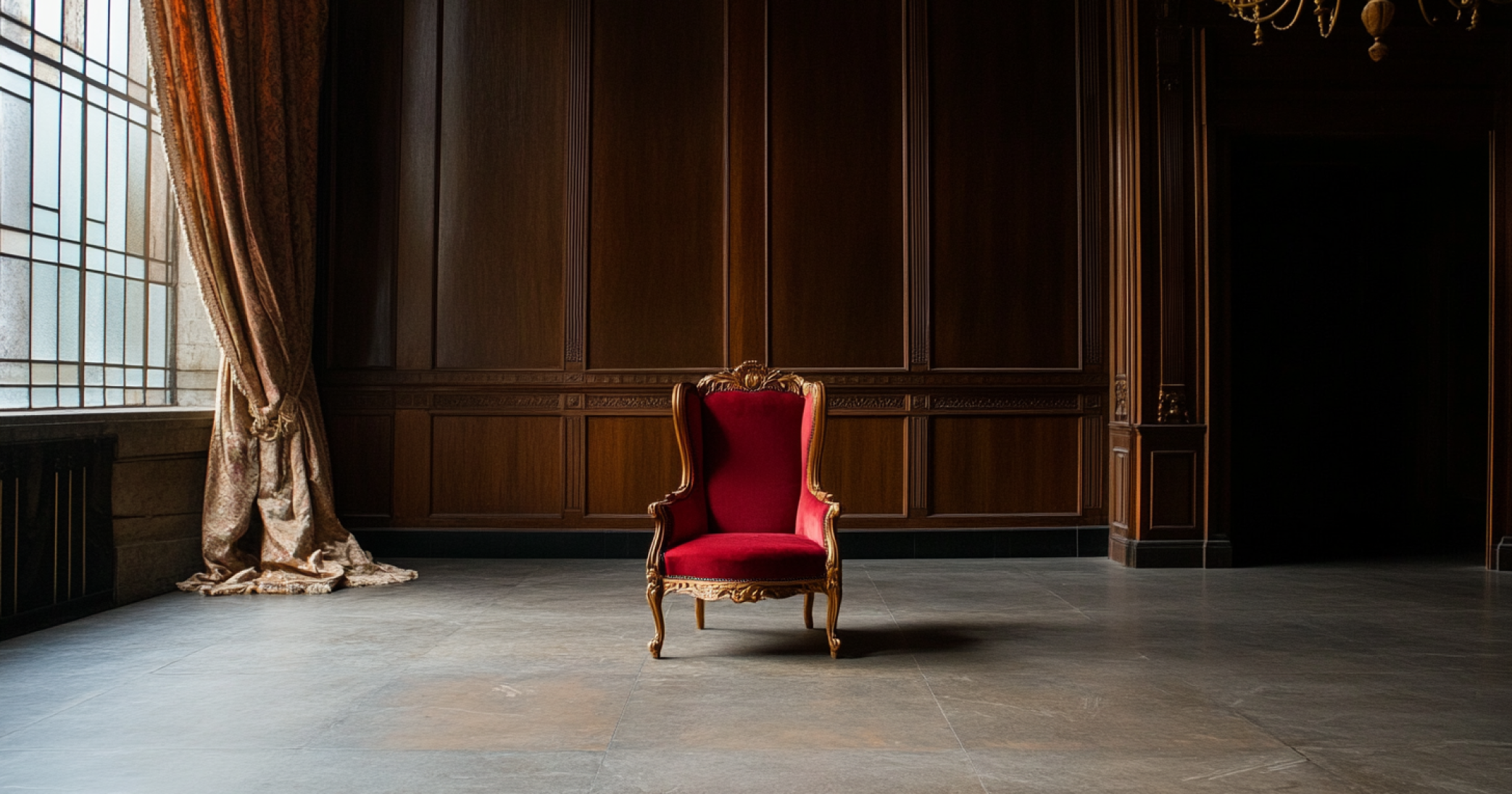In recent weeks, a new trend has taken the internet by storm: AI-generated images in the style of the legendary Japanese animation studio Ghibli. What at first glance appears to be a harmless, creative pastime, on closer inspection raises profound questions about art, authenticity and the future of creative work. Because behind the cute, pastel-colored images lies an ethical dilemma that should give us all food for thought.
The Ghibli trend: how it all began
It all started when OpenAI presented its latest AI model GPT-4o with integrated image generation in March 2025. Users quickly discovered that the model was particularly good at mimicking the distinctive style of Studio Ghibli – the studio that made film history with masterpieces such as “My Neighbor Totoro”, “Chihiro’s Journey to Magic Land” and “The Walking Castle”.
Within days, social media was awash with AI-generated images that transformed personal photos, famous memes and even political figures into the dreamy, hand-drawn style of Ghibli. Even OpenAI CEO Sam Altman changed his profile picture on X to a Ghibli version of himself, wryly commenting: “I’ve been working for a decade on creating super intelligence to cure cancer or something… and then I wake up one day and get hundreds of messages: ‘Look, I made you Ghibli-style, haha’.”
Hayao Miyazaki’s stance on AI
What many users overlook in their enthusiasm for the trend: Hayao Miyazaki, the 84-year-old co-founder of Studio Ghibli, took a clear stance against AI-generated art back in 2016. In a documentary, he was shown an early version of an AI animation, which he rejected in no uncertain terms:
Studio Ghibli co-founder Hayao Miyazaki is currently trending on Twitter X for his reaction to seeing an AI-generated animation in 2016:
— ToonHive (@ToonHive) March 27, 2025
“I am utterly disgusted […] I strongly feel that this is an insult to life itself.”
pic.twitter.com/zpbvJ6i21n
“Whoever created this has no idea what pain is. I am absolutely disgusted. If you want to make really scary stuff, you can do it. I would never want to include this technology in my work. I feel it’s an insult to life itself.”
Miyazaki, known for his meticulous craftsmanship and deep understanding of nature and human life, sees AI as a threat to the soul of art. His films are created in painstaking detail, frame by frame, drawn by human hands. A single scene in his film “How the Wind Rises” – just four seconds long – took 15 months to complete.
This four second crowd scene from Studio Ghibli’s The Wind Rises (2013) took animator Eiji Yamamori 1 year and 3 months to complete pic.twitter.com/RyOngP2o60
— Anime Aesthetics (@anime_twits) March 27, 2025
The ethical dilemma: between admiration and exploitation
The Ghibli trend raises fundamental questions: Is it okay to imitate an artist’s or studio’s distinctive style with AI? Where is the line between inspiration and exploitation?
Legally, we are in a gray area. While an artist’s style is not directly protected by copyright, the AI models have most likely been trained using copyrighted material – presumably including thousands of frames from Ghibli films. Several publishers and artists have already filed lawsuits against AI companies for using their works for training without permission.
So you’re telling me I can take a popular meme, transform it into Studio Ghibli style anime, and people will just like it? pic.twitter.com/2n3ulLOXVB
— Kaz 🎙️ (@btcKaz) March 26, 2025
But beyond legal issues, there is something deeper at stake: the value of human creativity. Every Ghibli film is the result of years of work, artistic vision and craftsmanship. If an AI can reproduce this style in seconds, what does that mean for the future of art?
The two sides of the coin
On the one hand, there is the joy that many people feel when looking at and creating these images. The trend has allowed people to connect with a beloved art style and express their own creative ideas.
Can you imagine The Shining in Ghibli style?
— OscarAI (@Artedeingenio) March 29, 2025
I put this adaptation together in just a few hours using ChatGPT and @LumaLabsAI
And honestly… I think it’s scarier than the original 😱😁
You can now turn your favorite movie into anime.
We’ve entered a whole new creative era… pic.twitter.com/LdYTBFtYBK
On the other hand, there is concern that we are undermining the value of human labor and creativity. As one critic wrote on Instagram: “The tragedy is not just that AI is replicating art, but that humans are willing to put their hollow imitations above the deeply human craft of animation.”
Zelda Williams, actress and director, put it succinctly, “The amount of ‘get used to it’, ‘it’s fun’, ‘stop whining’ that I see in response to anti-AI sentiment is wild. I can’t stop you from using the stupid, water-wasting, shitty facsimile machines, just like you can’t stop me from talking about how profoundly empty life will become if we leave the pursuit of art or knowledge to a machine.”
Every time I see a Ghibli meme pic.twitter.com/sM4gMqdVTV
— meme bastard (@mask_bastard) March 28, 2025
The future of creativity
The Ghibli trend is more than just a passing internet phenomenon. It’s a harbinger of what’s to come in a world where AI is getting better at mimicking human creativity.
While we can marvel at the technological advances, we should also pause and ask ourselves: what do we lose when we replace the human sweat, tears and years of dedication behind great art with an algorithm?
What if Studio Ghibli directed Lord of the Rings?
— PJ Ace (@PJaccetturo) March 27, 2025
I spent $250 in Kling credits and 9 hours re-editing the Fellowship trailer to bring that vision to life—and I’ll show you exactly how I did it 👇🏼 pic.twitter.com/IqUeBSH4H0
Perhaps the answer lies in a more conscious use of AI technology. Instead of seeing it as a substitute for human creativity, we could see it as a tool that complements and enhances our own creativity – always with respect for the artists whose work inspires us.
The Ghibli trend may be fleeting, but the questions it raises will be with us for a long time to come.
Sources:
https://twitter.com/sama/status/1904921537884676398
https://www.instagram.com/p/DHtMCJJS-Po
https://www.forbes.com/sites/danidiplacido/2025/03/27/the-ai-generated-studio-ghibli-trend-explained

